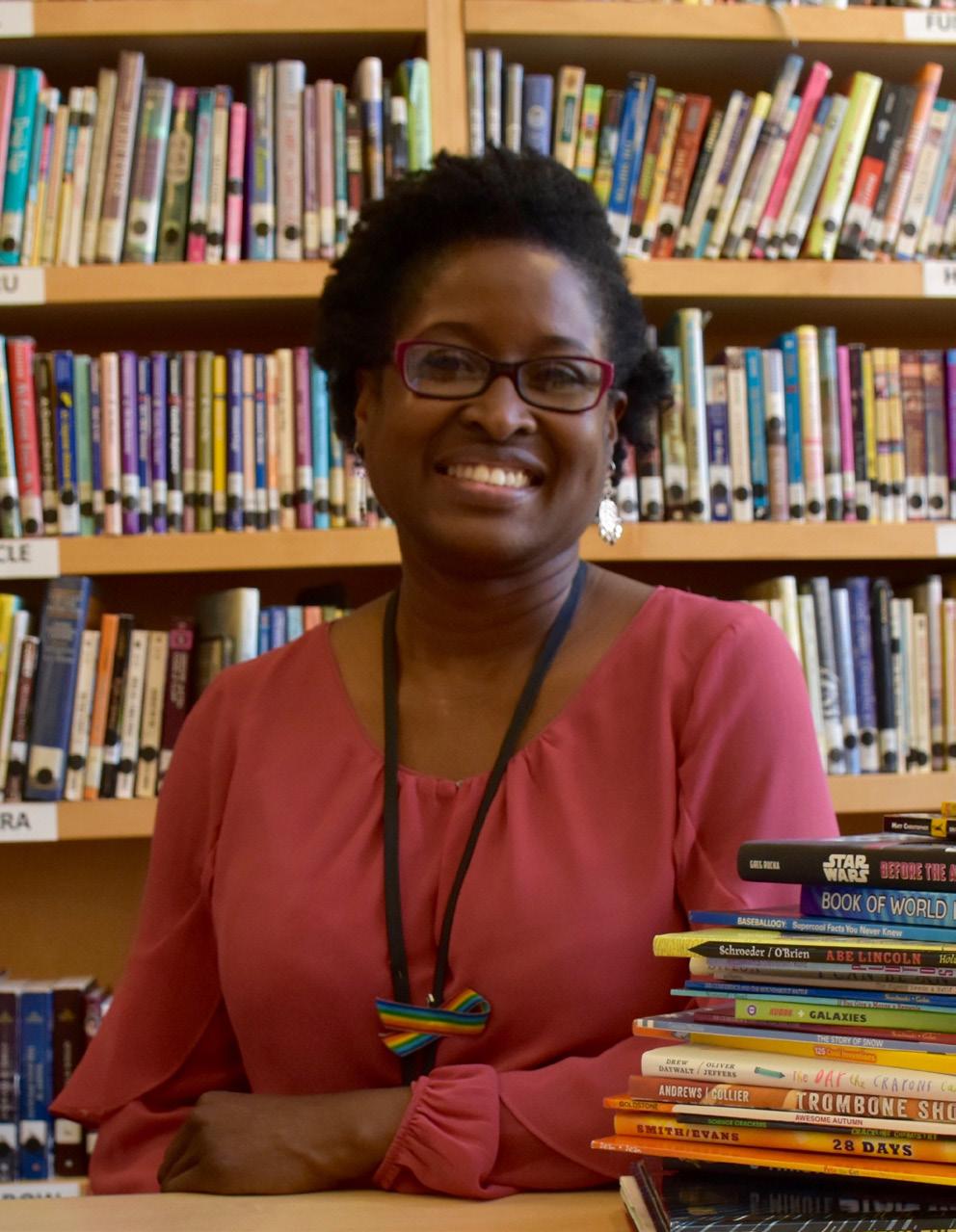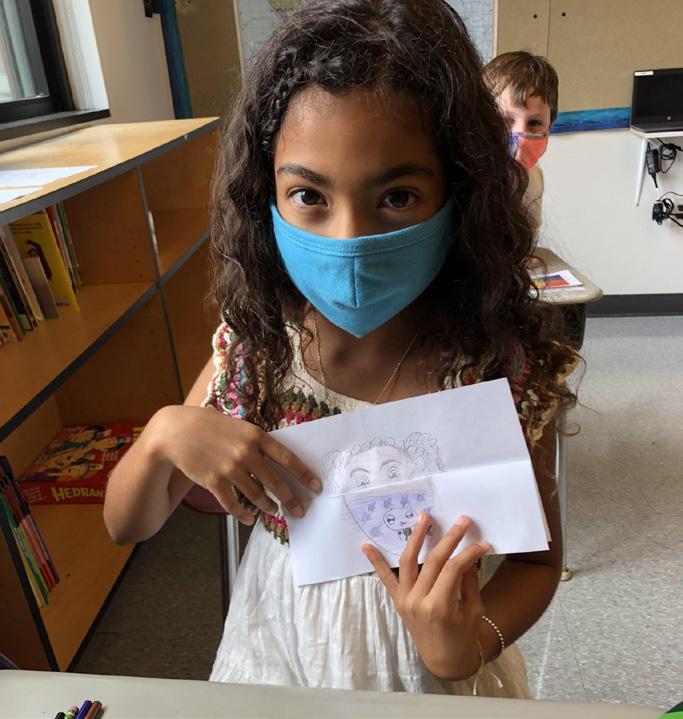GAYNOR ON GAYNOR If you look into one of our classrooms
now I had actual evidence. I have
this year what will catch your
to admit that I had no intention of
attention isn’t the masks, hand
reading them as I placed them in
sanitizers, or desks six feet apart.
the category of historical artifact
What you will see is instruction
with very little relevance for the
steeped in the proven pedagogical (math)
years later.
and Hochman (writing).
Students will be actively engaged,
Every once in a while I would
challenged,
in
come across the dusty stack of
their work. Teachers will be actively
journals thinking one day when I
and
emboldened
encouraging students to take risks in their learning
have some time I am going to read them. However,
and rewarding them for their effort. This has always
it was a few weeks ago when a prospective Gaynor
been the foundation of our program and the key to
parent asked me why we use the Orton-Gillingham
unlocking our children’s success.
(OG) approach that sparked my interest. I was
While we have spent a great deal of our time, resources, and communications around battling the COVID pandemic, the core of our academic program has always remained at the center of our work. Our teachers have been remarkable in upholding the essential tenets of our program throughout the crisis. So let’s take a momentary break from COVID to focus on one of our core competencies at Gaynor: reading instruction.
visionary and daily beacon of remaining focused on what each individual child needs, walked into my office and placed a stack of journals on my desk. They were from the Orton Society spanning the 1960’s when Yvette and my grandmother Dr. Miriam Michael started Gaynor. Thirty years before our doors opened, neurologist Dr. Samuel T. Orton and educator and psychologist Anna developed
thrilled to get this question as we are the only school in the New York area that is certified by the Orton-Gillingham Academy as an accredited training program with over 25 of our faculty who have achieved the classroom certification level or higher. I responded to the question by stating that we have used this approach because it is the most evidence-based proven reading approach for struggling readers. Grounded in multisensory instruction, OG is a highly structured approach to
One day last year, Yvette Siegel, our founding
Gillingham
WINTER 2021
work we are doing almost sixty
approaches of Orton (reading), Stern
the
Orton-Gillingham
approach to reading instruction for students with "word-blindness," which would later become known as dyslexia. Yvette noted that I should hold on to the journals as they were reminders of the core of our instruction and the foundation of our reading
help build the sound/symbol relationship in order to develop fluent readers. But most importantly, we see the success of the OG approach every day in our classrooms. While I was pleased with my answer, I was curious if Dr. Orton’s and Ms. Gillingham’s findings had changed in all these years. My answer was readily awaiting me in the gift I received from Yvette. It didn’t take long for me to come across an issue entitled A History and Synopsis of Orton’s Contribution to the Theory and Identification of Reading Disability - The Orton-Gillingham Approach, which was originally published in 1966. In the section on The Method Used by Orton and Gillingham, the author writes:
program. I accepted the gift and promptly placed
In his instruction to teachers, Orton emphasized
them in the back of my closet. I had always been
the importance of day-by-day observations of
told that OG was our first reading approach, but
the pupil’s language difficulties, with flexible
WINTER 2021
1














